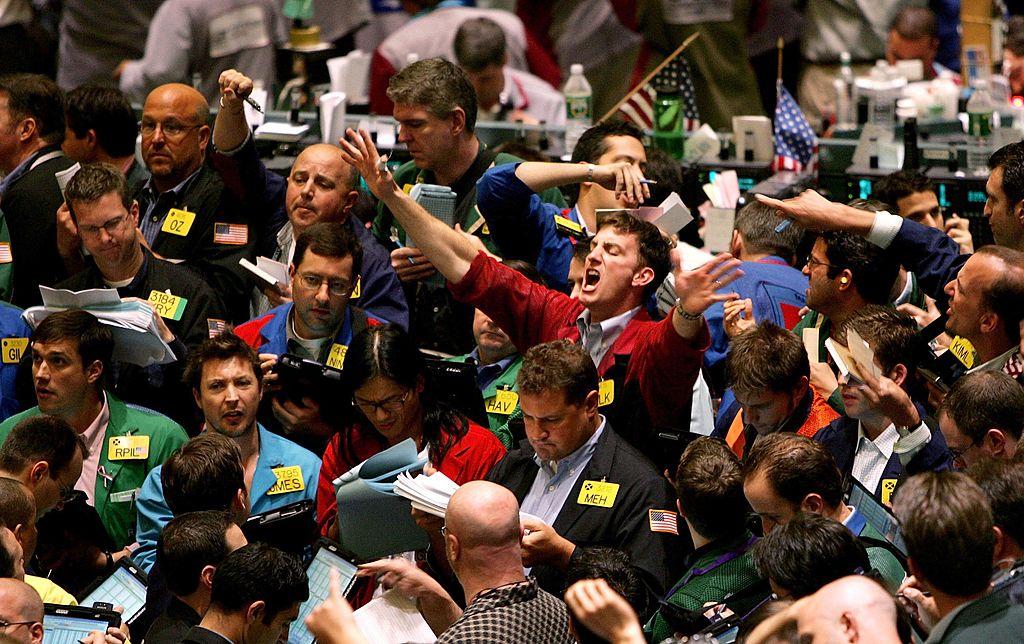For once we are having an old-fashioned silly season, with no pandemic, no insurgency by the Taliban, no leadership election in the Tory party and no energy crisis – with the result that a few migrants moving onto a barge has become the main story of the week. Or at least we didn’t seem to have an oil crisis until Tuesday, when European wholesale gas prices suddenly surged by 40 per cent, from €30 per MWh to over €40 per MWh. It was a reaction, it seems, to a strike in Australia which has compromised the country’s exports of liquified natural gas (LNG). Since the Ukrainian invasion, Europe has become increasingly dependent on LNG imports by ships, and while few of them emanate from Australia (the US and Qatar are the main sources), we are still exposed to international markets.
Various voices have warned over the past few months to beware of renewed energy crisis this winter: that we are far from being out of the woods. But it helps to put Tuesday’s surge into perspective. Last August, European wholesale gas prices peaked at over €300 per MWh. They then fell more or less steadily until June, when there was another short-lived spike. This week’s surge doesn’t quite take prices back to where they were just two months ago.
We may have to get used to a summer surge in oil and gas prices as European countries rush to fill their reserves in preparation for the winter. That was what happened last August. Once the reserves were full, oil and gas prices fell back sharply. The good news is that reserves are currently a lot higher than they usually are this time of year, so there is little chance of a repeat of last year’s panic-buying.
We are also unlikely to see a repeat of fantasy claims that gas energy is ‘nine times higher’ than wind energy. That was a figure endlessly repeated by fans of green energy this time last year. But it was never true. It derived from an erroneous comparison between the long-term guaranteed ‘strike’ prices offered to owners of wind and solar farms with the ‘day ahead’ prices for gas – i.e. the price that the energy companies had to pay to persuade the owners of gas plants to turn them on for a few hours at short notice to make up for a shortfall in wind and solar energy. It was like comparing the price of a season ticket with the cost of hailing an Uber during the rush hour on the day of a rail strike.
This year, the figures are very different. Not only are gas prices much lower, but the cost of building wind farms has surged. The ‘nine times cheaper’ claim was fed by an auction last July in which Swedish wind farm operator Vattenfall successfully bid to supply electricity from its proposed Norfolk Boreas wind farm for 15 years at £37.35 per megawatt hour (at 2012 prices, indexed with inflation). Two weeks ago, however, Vattenfall cancelled the project, claiming that it was no longer profitable at the price it had agreed.
The cost of wind energy (along with solar energy) fell sharply in the decade to 2019, but a rise in commodity prices, along with the surge in interest rates, has caused a sharp turnaround – with many wind farm operators now complaining that projects will not be profitable. The claim, made by Ed Miliband and others, that huge investment in renewable energy could protect us against sky-high prices of fossil fuels is looking somewhat forlorn.







Comments